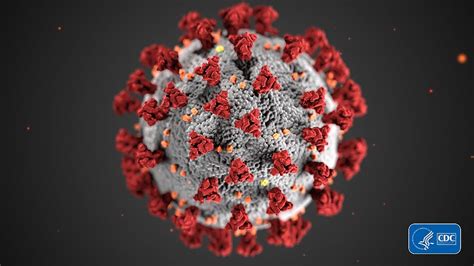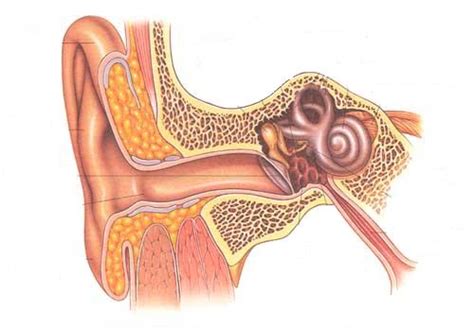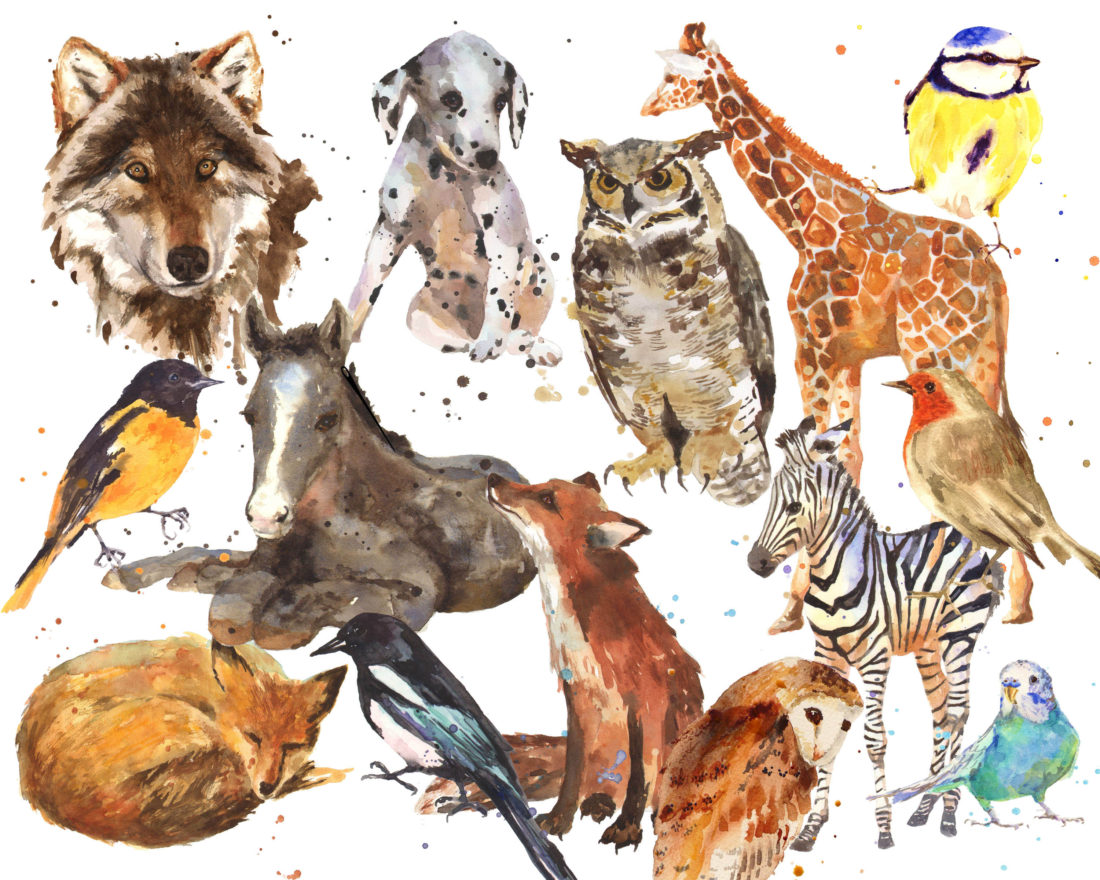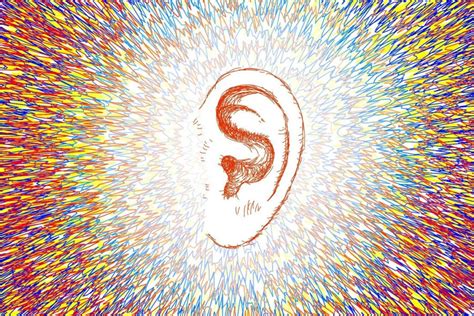Covid 19 and Hearing Loss
Covid-19 and Hearing Loss For many with hearing loss, Covid-19 and the use of masks have made communication a bit more difficult, as John Watter describes in his article. But is there more of a connection between Covid-19 and hearing loss than just masks? In an article by Forbes, the author links several publications with preliminary research into the side effects of Covid-19. As the virus is new, these studies look at small groups of people that reported changes after recovery. Although these studies are only looking at small groups of people, they are from all over the world. Thailand, the United Kingdom, India, and globally as this pandemic has touched the world. Studies noted individuals with hearing loss in either one2 or both1,3 ears, increased Tinnitus (ringing in the ears), or Vertigo4. These first several studies have discussed two possible side effects with a positive Covid-19 diagnosis and how it relates to hearing... Note: these things are possible as many people have recovered without these side-effects. Covid-19 a Virus Historically, other viruses have caused hearing loss in some individuals. This includes herpes, HIV, and measles5. Viruses can affect the hearing systems if the virus makes its way into the middle ear or other parts of the auditory pathway3, 5. For some individuals with Covid-19, this might have occurred. Ototoxic Treatment The other possibility is ototoxicity. Ototoxicity or ototoxic refers to medications that can be harmful to the organs of hearing or balance. As medical professionals are trying to find what...






Recent Comments